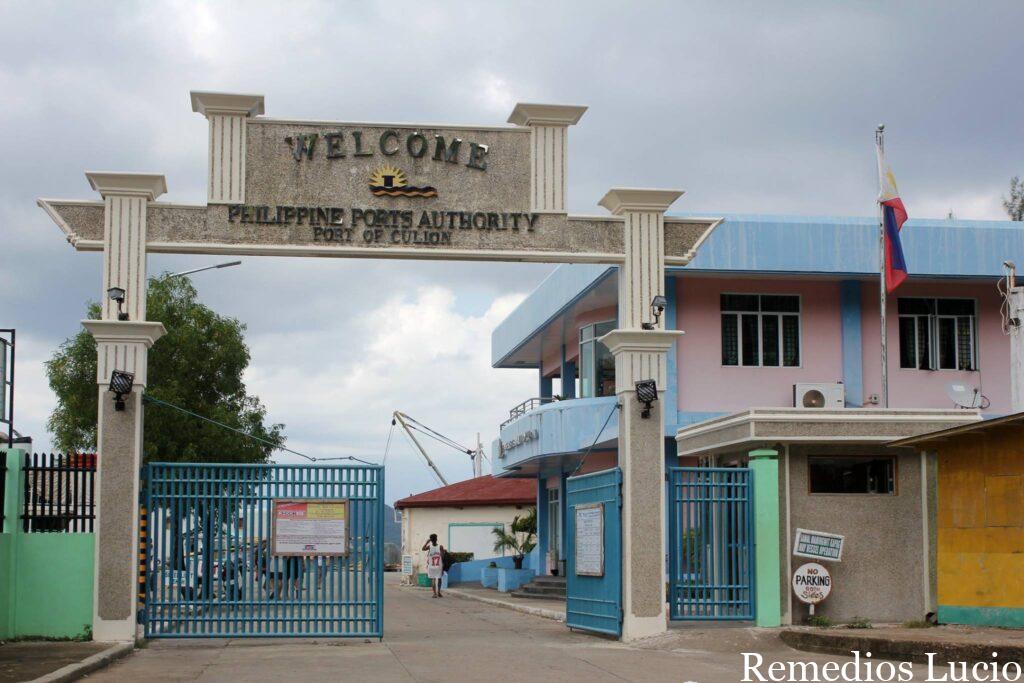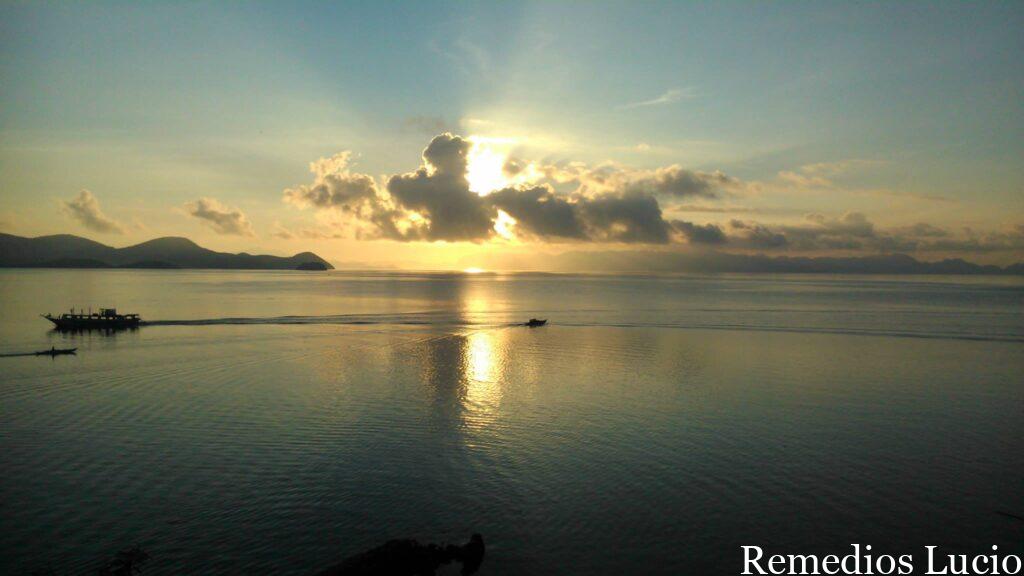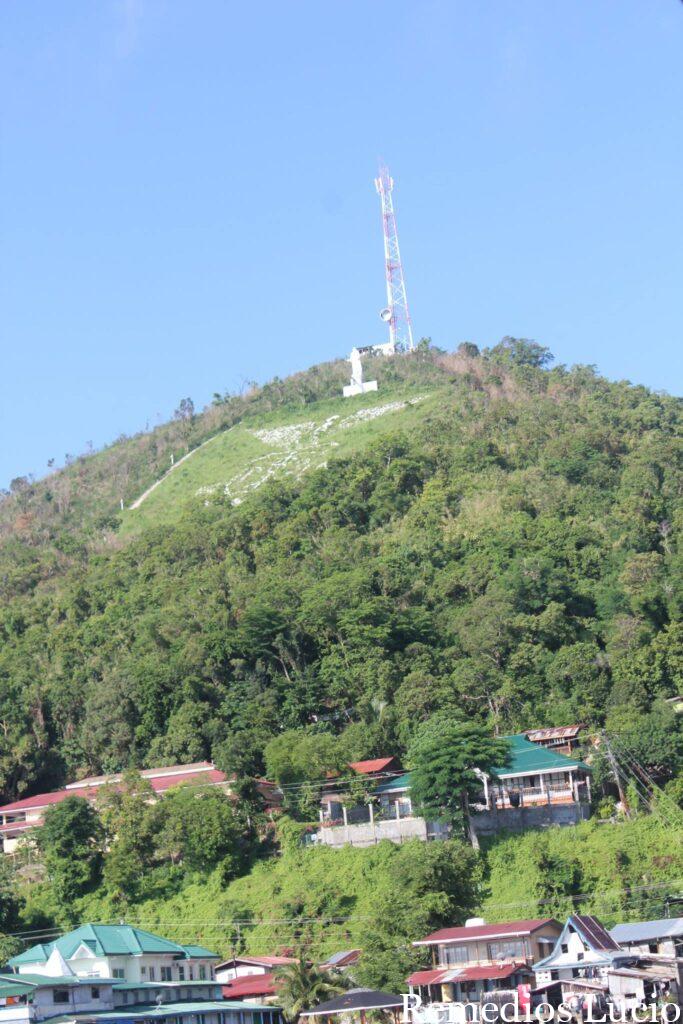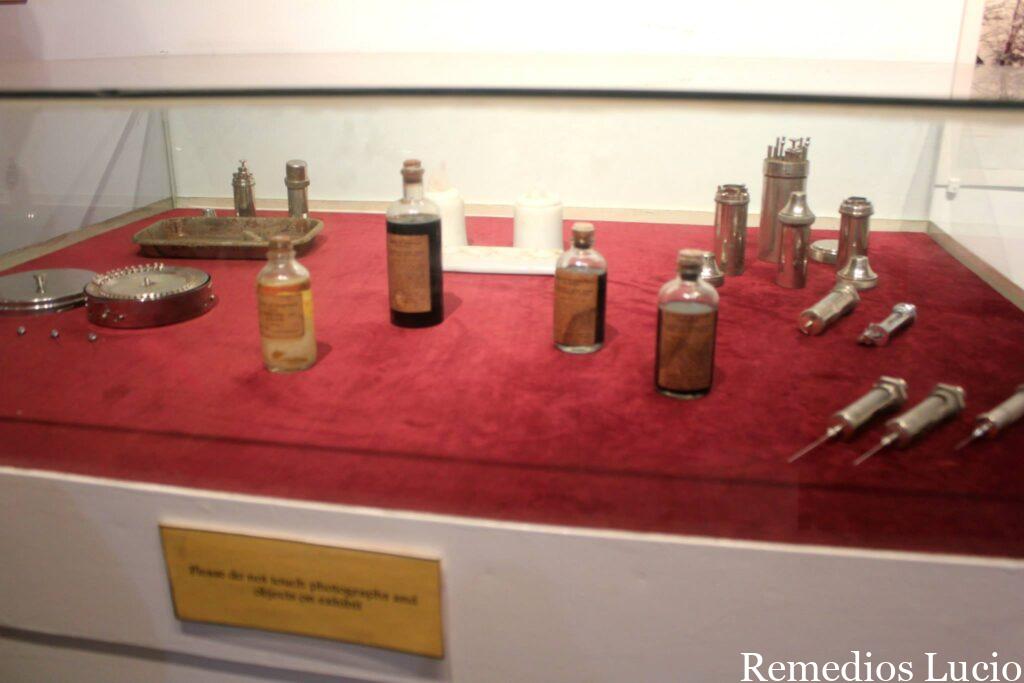
Culion Island is known also as the Leper’s Island in the Philippines because it used to be a leprosarium where the lepers were treated back in the olden days. But all that has changed now when the World Health Organization declared the island officially leprosy-free in 2006. We spent two days in Culion Island, embarking from Coron and met relatives and survivors of leprosy at the quaint, sleepy town. We stayed at Hotel Maya which sits on top of a hill with a majestic view of the ocean.
The island isn’t as developed as other well known tourist spots in Palawan so there aren’t high end hotels, malls or Jollibee here. What I love about Culion is it’s a quiet small town where I can be disconnected from gadgets and the internet so you’ll really spend more quality time with your loved ones while travelling. The room we stayed in had a great view of the ocean, had no fan and aircon and hot shower. Electricity is limited also but that’s fine since you’ll spend most of your day outside exploring the island.
Apart from the food from the hostel, there are a few eateries available selling cheap and delicious local Filipino dishes. Discover the history of Culion Island by joining a walking tour or hire a local tour guide which we did. First stop is the eagle marker and a Jesus Christ statue on top of the hill then we saw another marker which sits along the shore line of the island behind the hotel that represents the first leprosy patients who arrived back in the days.
Afterwards, we were brought to Culion Museum where we met the museum guide whose father was a leper. He shared with us how leprosy began on their island, which is a bacterial infection associated with discoloured skin patches, clawed fingers, damaged nerves, etc. Back in 1906, the first patients came from Cebu and were brought to the island that was designated by the government as a treatment centre. Since then, there were 5,303 lepers who stayed in Culion who are from different parts of the Philippines and foreign countries.

Dr. Charles de May led the first leprosarium on the island with the help of four nuns from the Order of Saint Paul Chartres, a Jesuit priest, and other employees. The medical team grew as the need arose and it became the best facility for the disease worldwide. The town was divided into two, half of the island was occupied by lepers while the other half was where the rest of the locals who weren’t sick lived. There’s even a marker that serves as the divider which you can still see until now.
Our museum guide told us his father grew up in the nursery for children whose parents had the disease so they were separated to prevent them from acquiring the disease. He said that it was a disciplined environment they grew up in run by doctors and nuns. Finally in the 1980s, scientists found a cure at last after so long and many were healed though some of them sadly passed away.
After the museum, our guide gave a tour of the rest of the island while onboard our tricycle where we saw historical landmarks such as the lepers’ children’s accommodations; doctors and nurses houses or medical clinics; lepers’ and locals’ abodes; schools, etc. The island tour can be done for one day since Culion isn’t too big compared to Coron.
Our last stop was at the La Immaculada Concepcion Church, which sits on top of the hill beside Hotel Maya. The church is made of old adobe stones on its exterior and painted in red inside. After praying to say thanks, we walk outside to see the old canons around the church. and savor the gorgeous view of the ocean.
Visiting this historical town of Culion is certainly worth a visit to know more about its colorful history and the life story of lepers in the Philippines.













